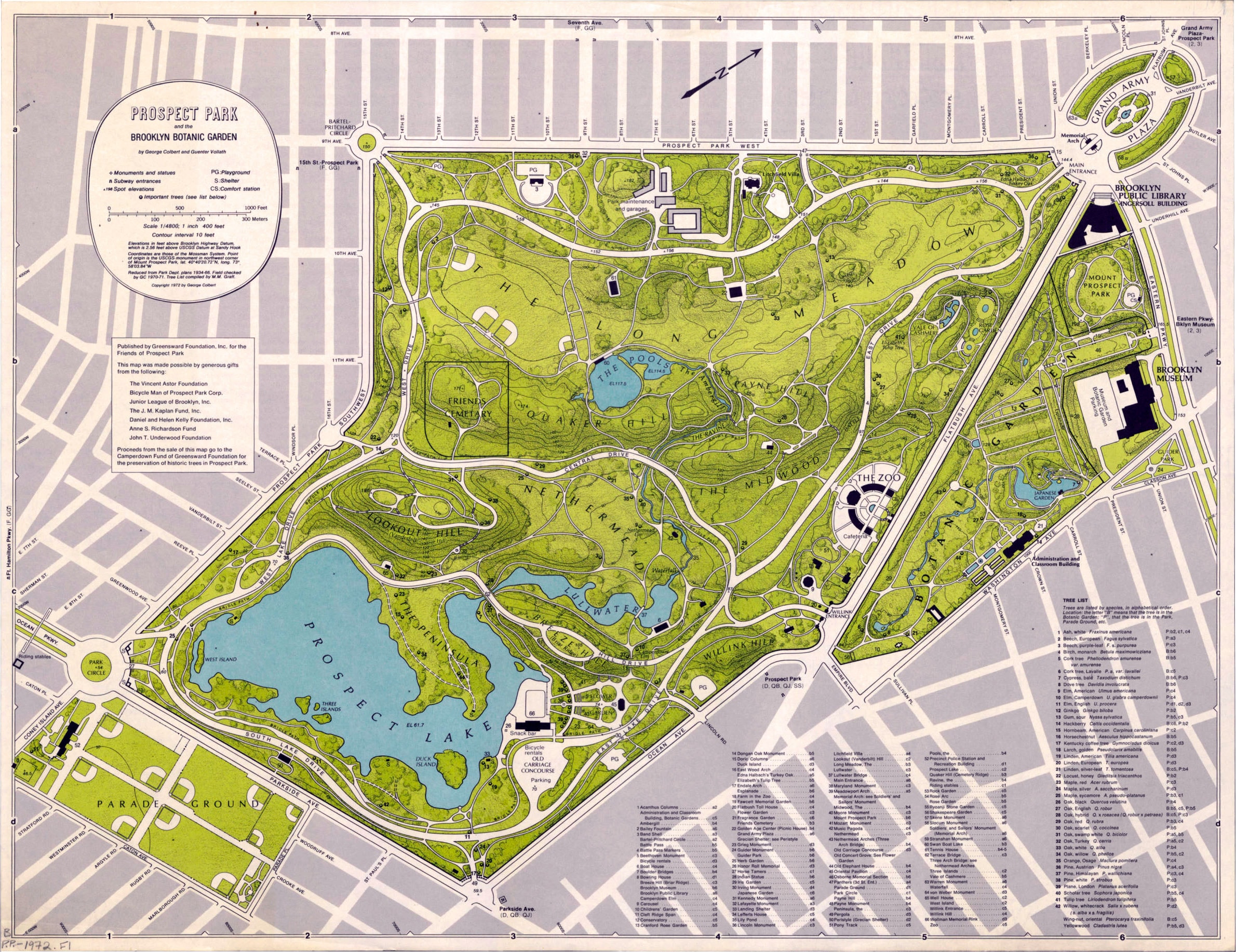Saturday in the Park
The goal was to create a park for everyone to enjoy nature and each other, right in the heart of Brooklyn, New York. The result was Prospect Park. Today, more than 8 million people visit the park annually. Let’s meet some of them.
Though it’s not as famous as its Manhattan cousin, Central Park, it’s a vital part of life both in the surrounding neighborhoods and far beyond them. In Saturday in the Park, we take a walk (and a golf-cart ride) around this Brooklyn sanctuary’s 526 acres to meet some of the 8 million annual visitors who call this place their backyard, their favorite hangout, their refuge and their salvation.
There’s no better local tour guide than Buscemi, a Brooklyn native who lives within walking distance of the triumphal arch at Prospect Park’s northern entrance. He introduces us to warbler-loving tween birders, a park ecologist working on a large reforestation project, musicians who made the park their stage during COVID-19, volunteers both young and young-at-heart, a dancer who finds inspiration in nature and more.
They say you never walk into the same park twice. Who knows what you’ll see today—or who you’ll meet.
Meet the Characters

Map from Prospect Park Alliance
The Brooklyn we know now was once part of Lenapehoking, the land of the Lenape people, which stretched across parts of present-day New York, New Jersey, Pennsylvania and Delaware. Dutch colonists arrived in the early 1600s, displacing the Indigenous population and permanently altering their homeland. These settlers established a number of villages that would eventually grow into the Brooklyn of today—New York City’s most populous borough, with more than 2.7 million residents.
Frederick Law Olmsted and Calvert Vaux began designing Prospect Park in 1865, just seven years after the pair won a design contest with the plans that would become Central Park. Prospect Park took three decades to complete, but from the outset it was meant to be the people’s haven: a free, safe, pastoral green space where everyone felt welcome. It contains the last remaining forest in Brooklyn as well as a meadow over a mile long, a bandshell for live performances, a skating rink, a zoo, a carousel dating from 1912 and the borough’s only lake. There are more than 30,000 trees on the grounds, some of which are centuries old.
Olmsted believed that parks are pivotal to human happiness and health, thanks to “the feeling of relief experienced by those entering them, on escaping the cramped, confined and controlling circumstances of the streets of the town,” he wrote. “[In] other words, a sense of enlarged freedom is to all, at all times, the most certain and the most valuable gratification afforded by a park.”
Prospect Park Alliance is the nonprofit organization that sustains, restores and advances Brooklyn's Backyard, in partnership with the City of New York. The Alliance provides critical staff and resources that keep Prospect Park green and vibrant for the diverse communities that call Brooklyn home.
Spending just 20 minutes a day outside is beneficial to our mental, physical and social well-being.
But the national nonprofit Trust for Public Land has found that for nearly one-third of us, it isn’t as easy as simply stepping outside. Physical, economic, systemic and cultural barriers prevent many people from accessing green space to play, rest, explore, connect and recharge. That’s why REI is dedicated to getting all people in the United States within 5 minutes of clean, safe experiences outside by supporting national legislation and local, community-led projects around the country.
Join us to pass the Outdoors for All Act, which seeks to close this nature gap by solidifying a program called the Outdoor Recreation Legacy Partnership Program to secure funding for green spaces in underserved communities.
5 Ways You Can Get Outside in 5
Outside in 5

